As Max Verstappen romped to victory over Charles Leclerc, Mercedes delivered quite the most puzzling performance of anyone over the Miami Grand Prix weekend. So puzzling, even Mercedes doesn’t understand it.
George Russell headed the practice times on Friday and on the long runs was third-quickest, with an average only a couple of tenths shy of Leclerc’s Ferrari. With a raft of aerodynamic upgrades on the car, it seemed as though speed which had only ever been seen in simulation was becoming a reality for the first time.
But Lewis Hamilton and Russell proceeded to qualify only sixth and 12th respectively. The fastest Mercedes qualifying time was around 0.8s adrift of Leclerc’s pole time. In the race, before the advent of the late Safety Car, Hamilton was a distant sixth, trailing 46s behind Verstappen’s Red Bull.
The first sign that Friday had flattered to deceive came in the FP3 session of Saturday morning where Hamilton and Russell could record only the 15th and 17th fastest times respectively. The car’s serious porpoising issues had returned with a vengeance and its previous chassis balance had disappeared. The team, feeling encouraged on Friday, had lowered the car’s ride height for FP3 in an attempt at optimising downforce. The apparently disastrous effect of this change led the team to return the car to its Friday settings for qualifying and the race. Yet the porpoising and ill balance remained.
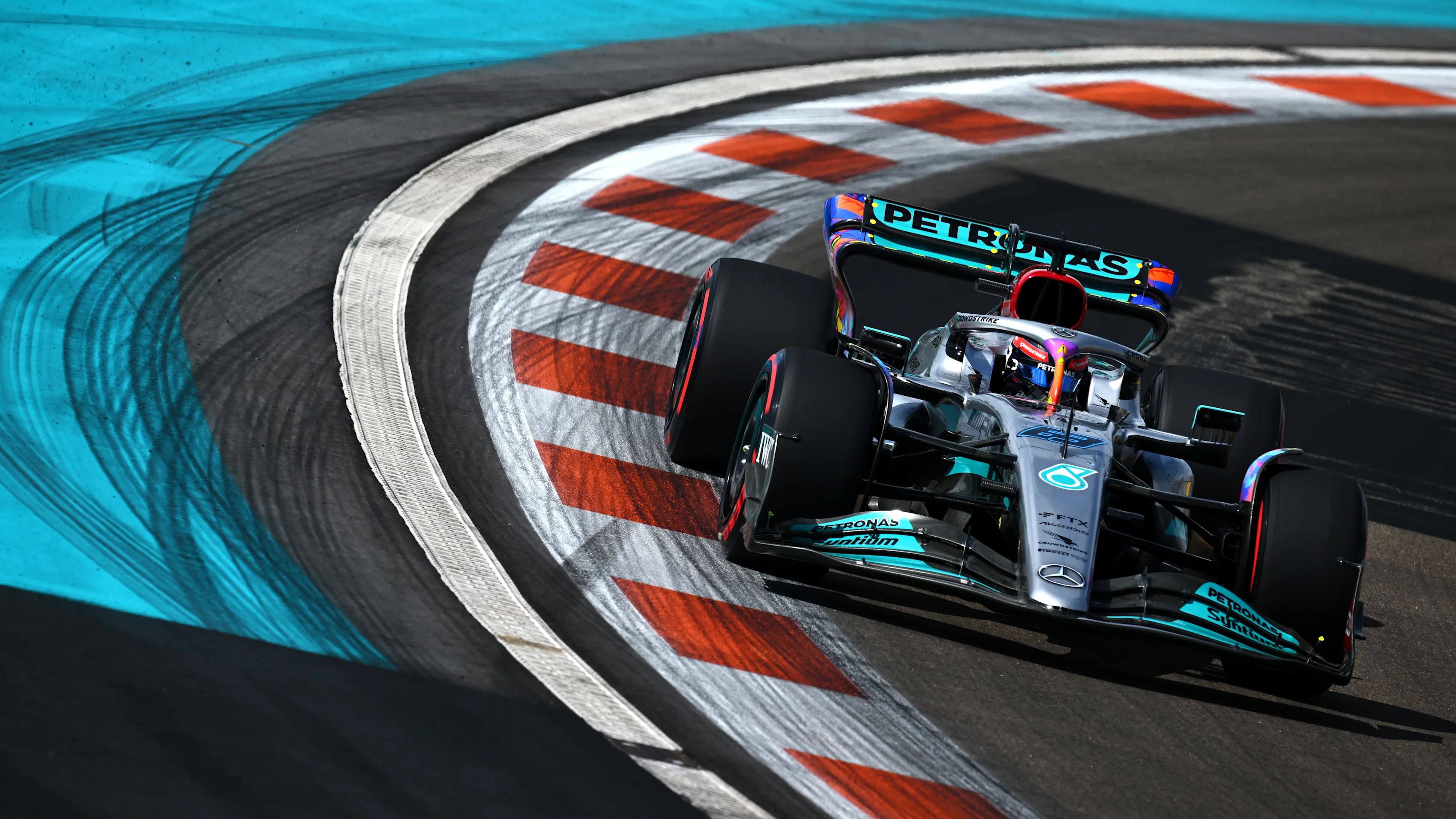
In the meantime, between Friday and qualifying the track grip had ramped up considerably and other teams had found as much as 1s per lap. That improvement was just not accessible to the Mercedes. The team can see the symptoms of the problem but the root cause is proving frustratingly elusive.
The ambitions of Hamilton and Russell were thus restricted on race day and they ended up racing only with each other (once they’d taken advantage of Valtteri Bottas almost skating off the road in his Alfa after the restart).
FACTS AND STATS: Verstappen does US double as Russell maintains top-5 run
Hamilton from his third row starting slot opted to start on the medium tyre, like everyone else in the top nine positions. Russell, from 12th, began with the hards, which were initially much slower. With very little longitudinal grip off the line, Russell was swamped and completed the first lap 15th. Hamilton had made light contact with Fernando Alonso’s Alpine, lost some momentum as a result and was initially eighth, though he quickly picked off both Alonso and Pierre Gasly’s AlphaTauri to be running back in his grid position.
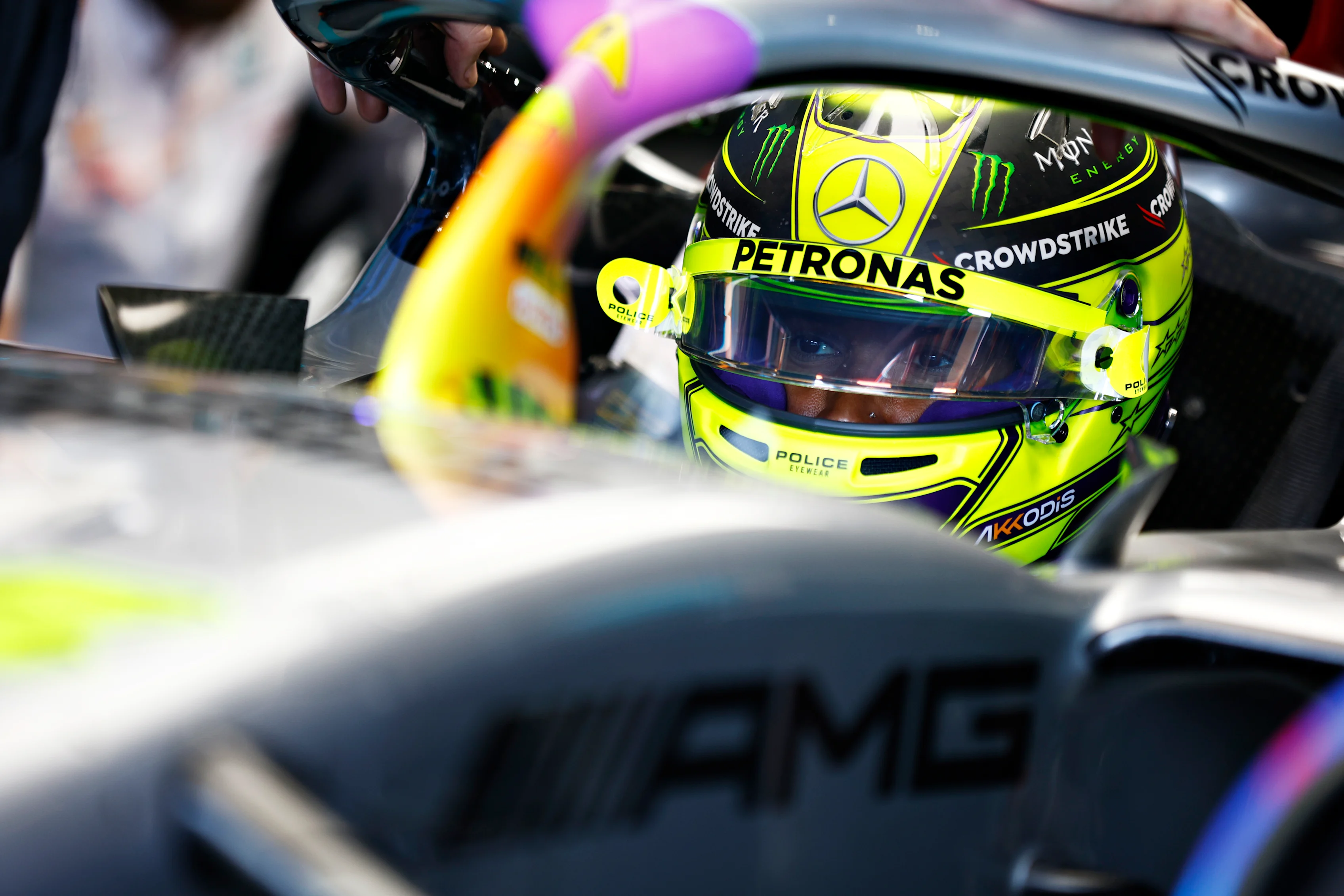
Hamilton was brought in for his switch to hards – on which he would complete the distance – on the 22nd of 57 laps. This brought him out one place (and around 7s) behind the yet-to-stop Russell. Ordinarily, it would be expected that the driver on the same compound tyres but 22 laps newer would be much faster. But he wasn’t.
The hard tyres were taking as long as 20 laps to begin working properly. Russell had been relatively slow for the first 20 laps of his race and only now was he beginning to lap at a respectable pace. This particular compound on this particular new track surface was taking an age to reach working temperature – and would then overheat. Only as enough tread wore off for its temperature to drop would it then begin working well.
MUST-SEE: Dramatic Gasly and Norris contact brings out Safety Car in Miami GP
So now Hamilton was having to go through this cycle too and he was initially only a little faster than Russell despite his new tyres.
Although Russell still needed to make his obligatory pit stop, he was under no threat from behind and so Mercedes opted to keep him out as long as possible, putting him in place to benefit from a Safety Car. Which, courtesy of the collision between Gasly and Lando Norris, is exactly what he got. Just before the Safety Car he had been 3s ahead of Hamilton but with a stop to make, which would take around 21s. He’d therefore be exiting around 18s behind and with not many laps left was sure to finish behind.
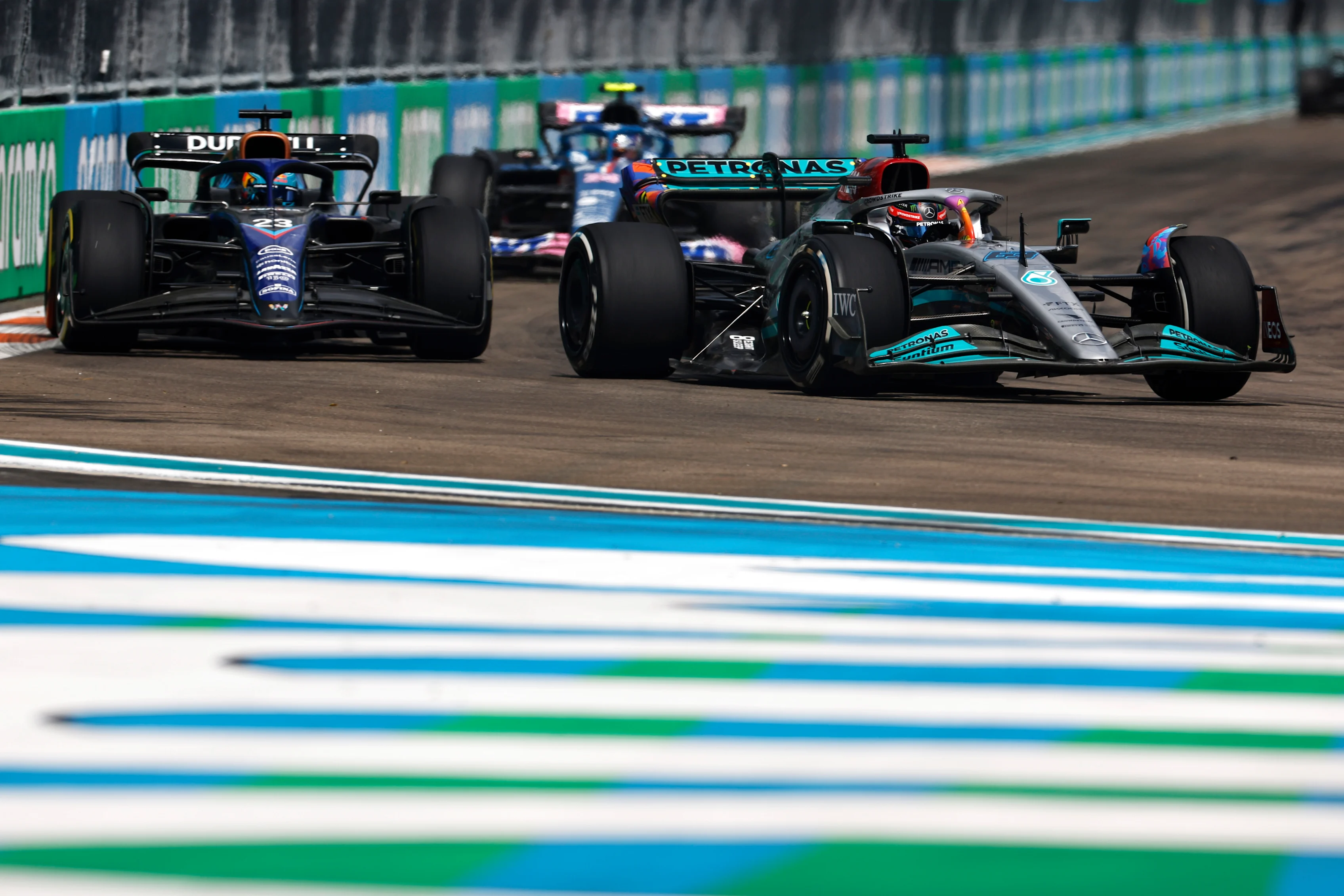
The Safety Car allowed him to get a very time-cheap pit stop – and to rejoin right on Hamilton’s tail and on much faster medium compound tyres. In this way he was able to pass his team mate but only by leaving the track. He was instructed by race control to hand the place back, which he did, before then completing a DRS move to repass. All for fifth and sixth places.
That Friday promise seemed a long time ago.
HIGHLIGHTS: Relive the action from an enthralling first ever Miami Grand Prix
Next Up
Related Articles
.webp) End Of Year Reports 2025Mercedes’ best and worst moments from 2025
End Of Year Reports 2025Mercedes’ best and worst moments from 2025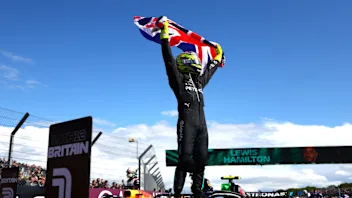 Quiz10 quiz questions on British F1 World Champions
Quiz10 quiz questions on British F1 World Champions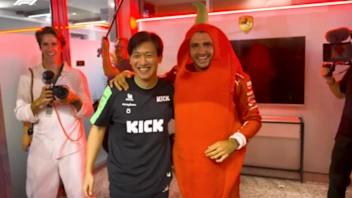 The best moments from F1 Secret Santa over the years
The best moments from F1 Secret Santa over the years.webp) End Of Year Reports 2025Ferrari’s best and worst moments from 2025
End Of Year Reports 2025Ferrari’s best and worst moments from 2025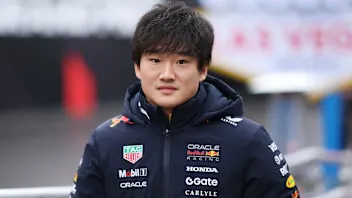 Mekies on ‘very difficult’ decision to demote Tsunoda
Mekies on ‘very difficult’ decision to demote Tsunoda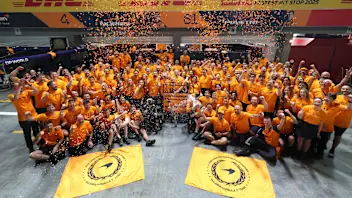 PalmerJolyon Palmer picks his top performers in 2025
PalmerJolyon Palmer picks his top performers in 2025

